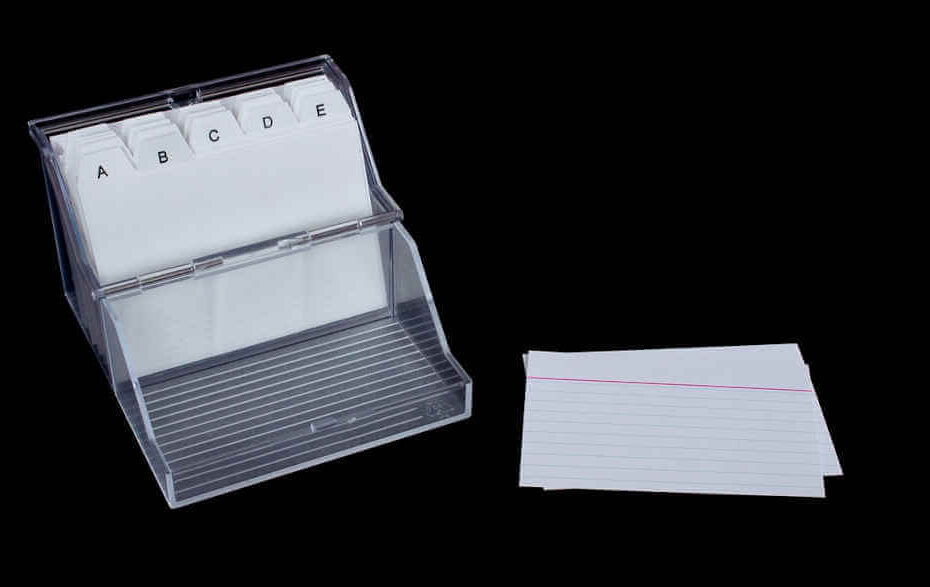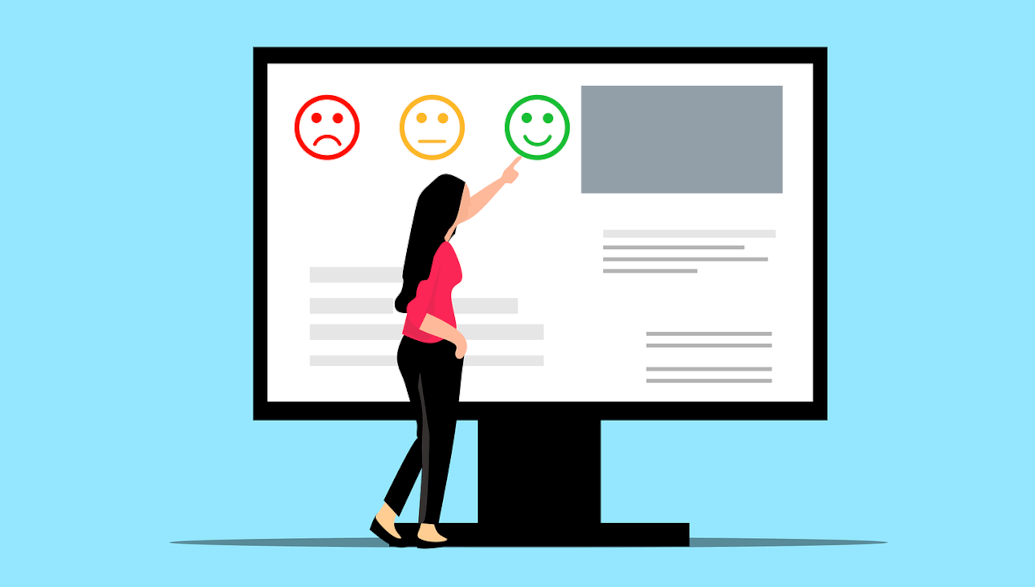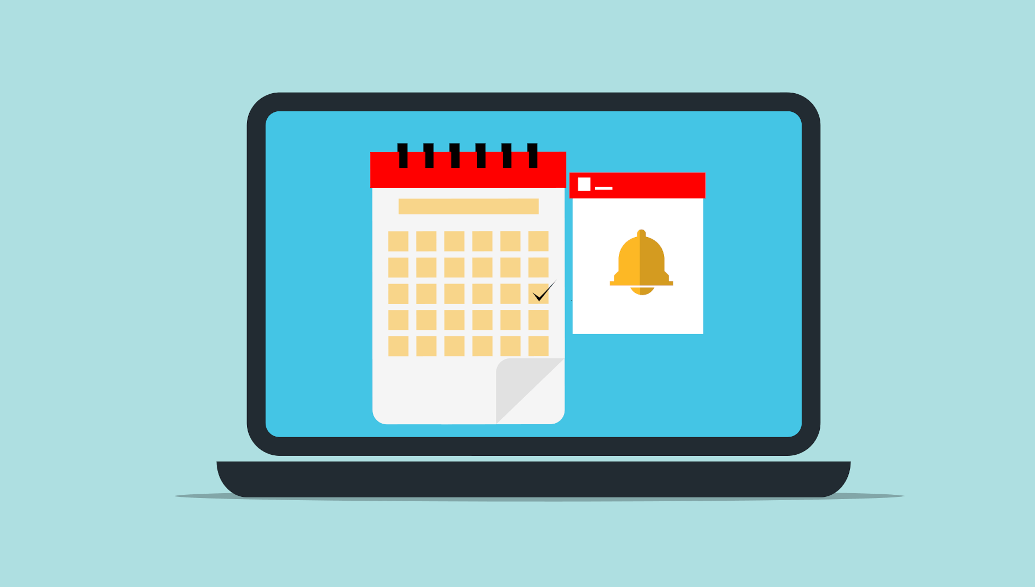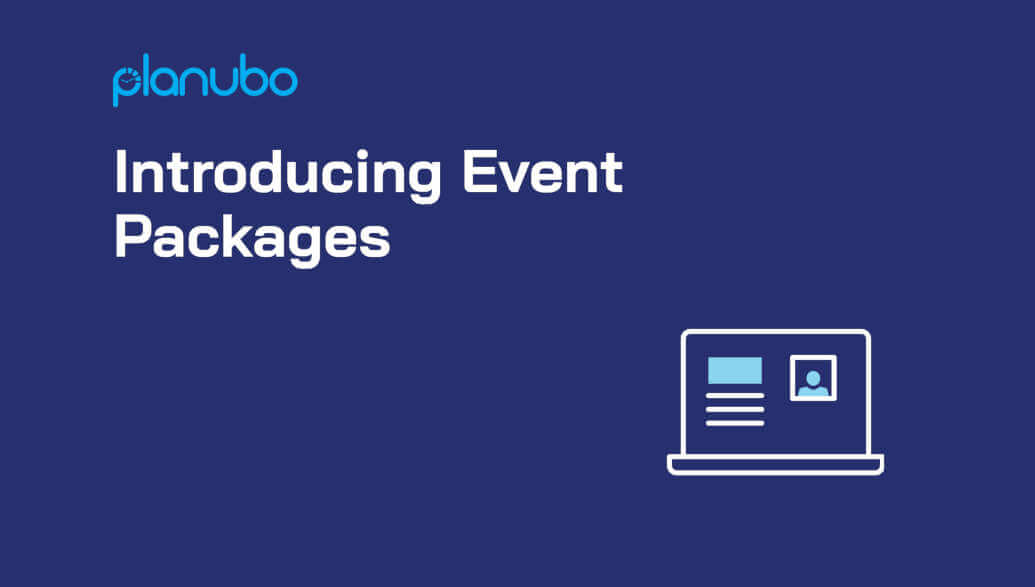Learning with flashcards is actually child’s play and suitable for almost any subject matter. Whether it’s internalizing foreign-language vocabulary or memorizing complex definitions – working with flashcards almost always pays off. We present the basic principles of this practical learning tool, name helpful apps and the advantages of learning with flashcards. We also provide 10 valuable tips for learning with flashcards.
What can you learn with flashcards – and what not?
Flashcards are a great learning method – whether you want to learn English vocabulary, mathematical formulas or historical data. Flashcards are also very suitable for simple factual knowledge and question-and-answer sentences.
But can flashcards really be used to cover every subject? Not quite. The advantages of flashcards can be seen when it comes to querying specific knowledge – for example, the exact reproduction of terms or formulas. Complex topics or coded information, on the other hand, are less suitable for learning with flashcards.
How do you learn with a flashcard box?
For handwritten index cards, index cards in the formats DIN A8 to DIN A6 are best suited. The size of your own handwriting is also important here. If the cards are too large, there is a great tendency to write too much on the card and thus make the learning effect more difficult. Instead, you should keep your answers short and to the point. The rule of thumb is to write no more than ten words on each side of the card.
Write the question or keyword on the front of the card and the answer or solution on the back. Once the flashcards are ready, they are placed in the flashcard box. This usually has five compartments, which are arranged in ascending order of size. At the very beginning, all cards are placed in the first compartment. Only if you know the correct answer in the first round of questions does the card move to the next compartment. Proceed in this way for each learning process. If you answer a question incorrectly, put the flashcard back in the first compartment.
How do you learn effectively with flashcards? In order to achieve a systematic learning effect, it is important not to learn too often, i.e. to allow enough time to pass between learning processes. In practice, the following time intervals have proven effective for learning with flashcards:
First subject: Daily
Second subject: Every second or third day
Third subject: Weekly
Fourth subject: Every six weeks or less often
By systematically repeating the knowledge, the information gradually moves into the long-term memory and forgetting is counteracted. The German psychologist Hermann Ebbinghaus discovered that we only memorize information permanently through repetition. His experiments with the so-called “forgetting curve” show how quickly people forget new knowledge. Based on Ebbinghaus’ findings, the German publicist Sebastian Leitner discovered the advantages of index cards and developed systematic learning with index cards (Leitner system).
But what if you need to get fit quickly for an upcoming exam? Then you can of course shorten the time intervals. However, make sure that you still keep a time gap of at least eight hours. In this case, it makes sense to only use three subjects for learning with the flashcards.
What are the best apps to create flashcards?
Whether you use a physical flashcard box or one of the numerous apps to create flashcards is up to you. Haptic learners in particular benefit from flashcards that they can pick up again and again. Instead – or in parallel – you can also use free flashcard apps. Here we present two of the best:
Buffl
To use the app, you need to register with your email address. Creating flashcards within the app is a little cumbersome, but creating flashcards in the browser is very easy. For beginners, the instructions and tips included are worth their weight in gold. As the app is kept very simple, navigation is very easy. The app can be used completely free of charge, but there are a few missing functions – for example, there are no statistics or an overview of previous learning successes.
Repetico
Registration with an e-mail address is also required for Repetico. There is a free and a paid version. With the former, you can create your own piles of cards and decide whether you want to share your piles with yourself, friends or all users. The co-learning function is ideal for anyone who likes to learn with others.
The design of Repetico is simple and functional, and creating flashcards is very easy. In addition, there are numerous functions such as statistics on your own learning progress and a filter and category function. You can also set whether the cards should be randomized.
Unfortunately, the app has some limitations in the free version. For example, only Pro users can create multiple choice cards.
Advantages of learning with flashcards

The advantages of learning with flashcards are obvious. Flashcards are small and handy, making it easy to learn whenever and wherever you want. If you use an app, mobile learning is no problem anyway – whether you’re on the bus, waiting for friends or sunbathing in the garden.
Flashcards can be used for many subjects and topics. In addition, labeling the cards is an important part of the learning process. The knowledge is already being learned when the cards are worked out, because: Information is remembered particularly well when it is absorbed through several channels of perception. It therefore contributes to effective learning if you not only read the learning content, but also write it down.
As there is only a small amount of space on the index cards, you learn to concentrate on the essentials when labeling them. For example, it is helpful to work with key points and keywords. This not only saves time when studying, but can also be valuable for the exam. In the class test, you can get to the core of the questions more quickly and it is easier to formulate answers quickly.
With regard to the exams, it is a good idea to label index cards with the questions that are likely to appear in the class test. On the other side is the relevant answer, preferably in keywords. Incidentally, you can of course not only use index cards to quiz yourself, but also ask friends, parents or siblings to do so.
Another advantage of flashcards is that they enable learning in both directions. This means you can use them in both directions and, for example, translate from English into German instead of the other way around. This is very easy, as all you have to do is turn the set of cards over. Of course, this not only applies to vocabulary learning, but also to all other content.
These 10 tips will help you learn with flashcards
Tip 1: Work by hand
As writing the cards yourself also activates the brain and makes it easier to remember content, it is advisable to write out flashcards by hand. Unfortunately, this is only the case to a limited extent when using the app or printing them out. Writing by hand is more time-consuming, but it is worth it.
Important: It is best not to write complete sentences on the back of the card, but only the most important information as bullet points. The better you manage to concentrate on the essentials, the more overview you will gain of the topic. You should also formulate your answers individually and in the same way as they are likely to appear in the exam.
Tip 2: Use keywords
As many teachers pay attention to certain key words in exams, it is good preparation to know and be able to recall them. The key words in question should therefore be included on the flashcards. These are words that are particularly emphasized in class and may also be printed in bold on worksheets etc.
Tip 3: Work with colors
It is helpful to use colored pens when labeling the index cards. For example, you can divide the learning material into categories and assign a color to each category. For example, years, personal names, formulas and abbreviations each have their own color.
Tip 4: Use images and graphics
When designing the cards, it is worth using not only words and sentences, but also pictures and graphic elements. Drawings, sketches and diagrams not only have a loosening effect, but also contribute to learning success.
Tip 5: Add your own examples
Technical information can be quite dry. If appropriate, you can add individual examples to flashcards to illustrate the information and create a vivid memory.
Tip 6: Learn in both directions
To consolidate what you have learned, you can study flashcards in both directions. By exchanging questions and answers, you can test whether you have really understood the content.
Tip 7: Create overview maps
Overview cards enable the learner to link the learning material and maintain an overview of complex topics. Overview maps are used to summarize information from several index cards. Alternatively, you can create a comprehensive mind map.
Tip 8: Random generator
In contrast to the classic index card system, the random generator does not work in a targeted manner, but in a chaotic way. This means that flashcards are drawn at random from the card box. This random learning helps to consolidate what you have learned. The disadvantage is that you need more time to complete individual topics.
Tip 10: Learn in a group
Learning with flashcards is also possible in a group. For example, you can split up into teams of two and quiz each other – similar to what you would do alone at home. Another option is to appoint a game leader who quizzes the other players in turn, each with one card. Whoever gives the most correct answers wins and becomes the game leader in the next round. To increase motivation, you can also create a leaderboard to record who has answered the most cards correctly.
Related Article: Which learning method is most effective?



